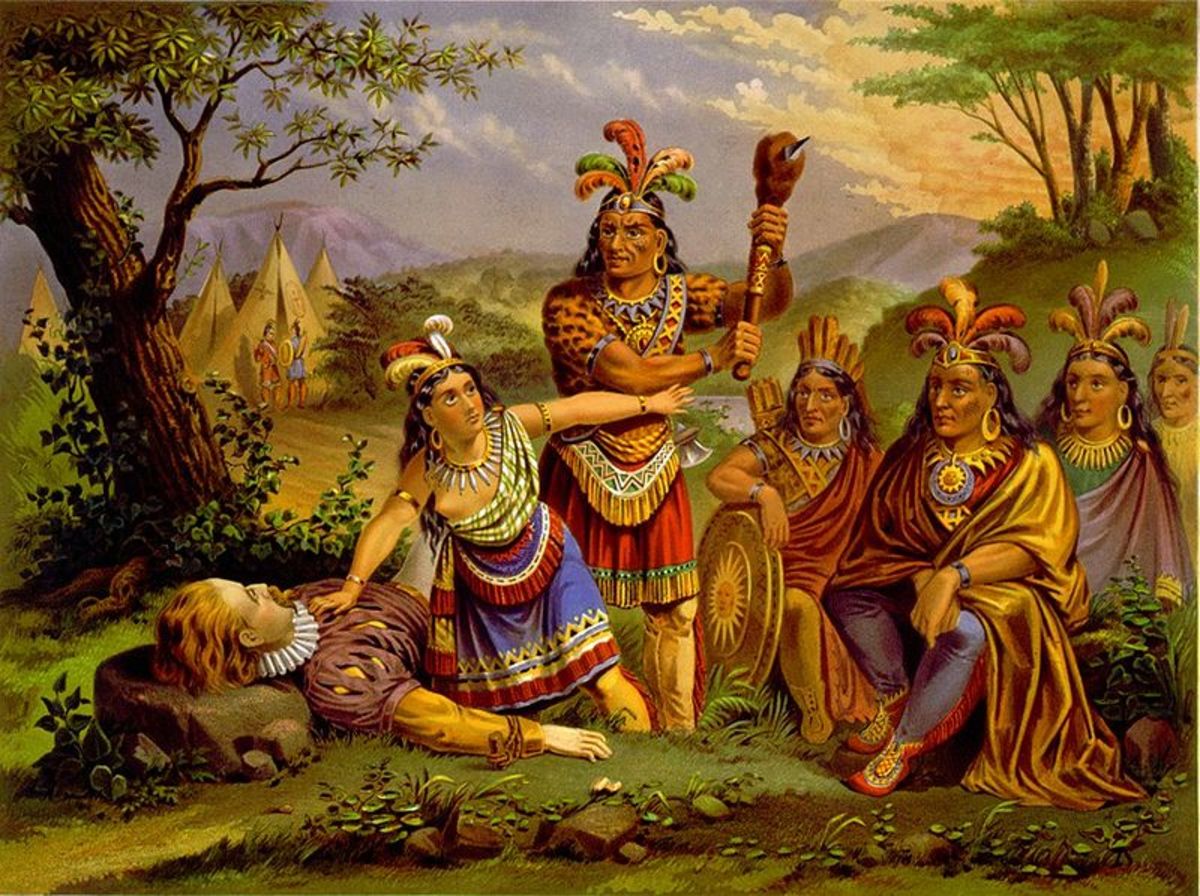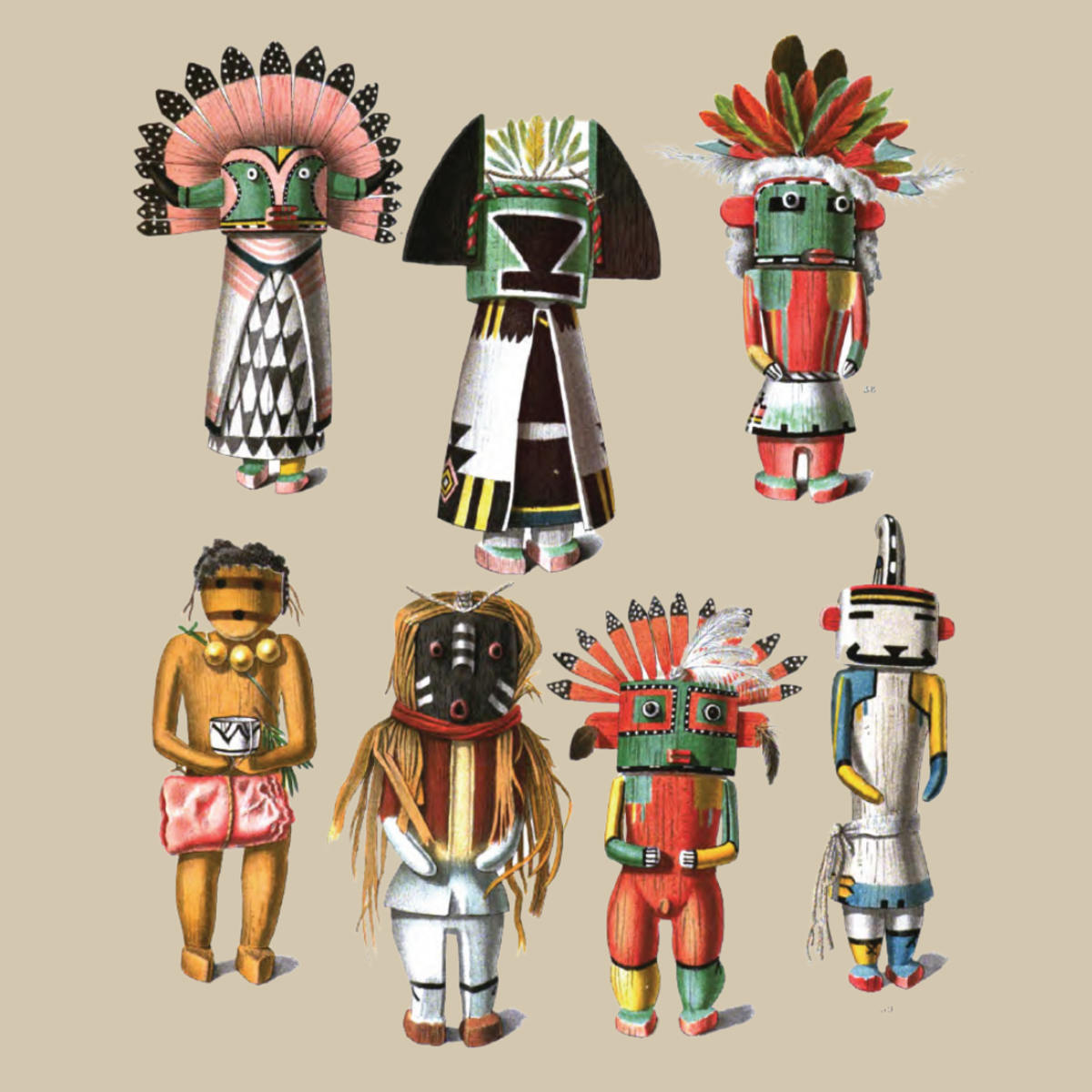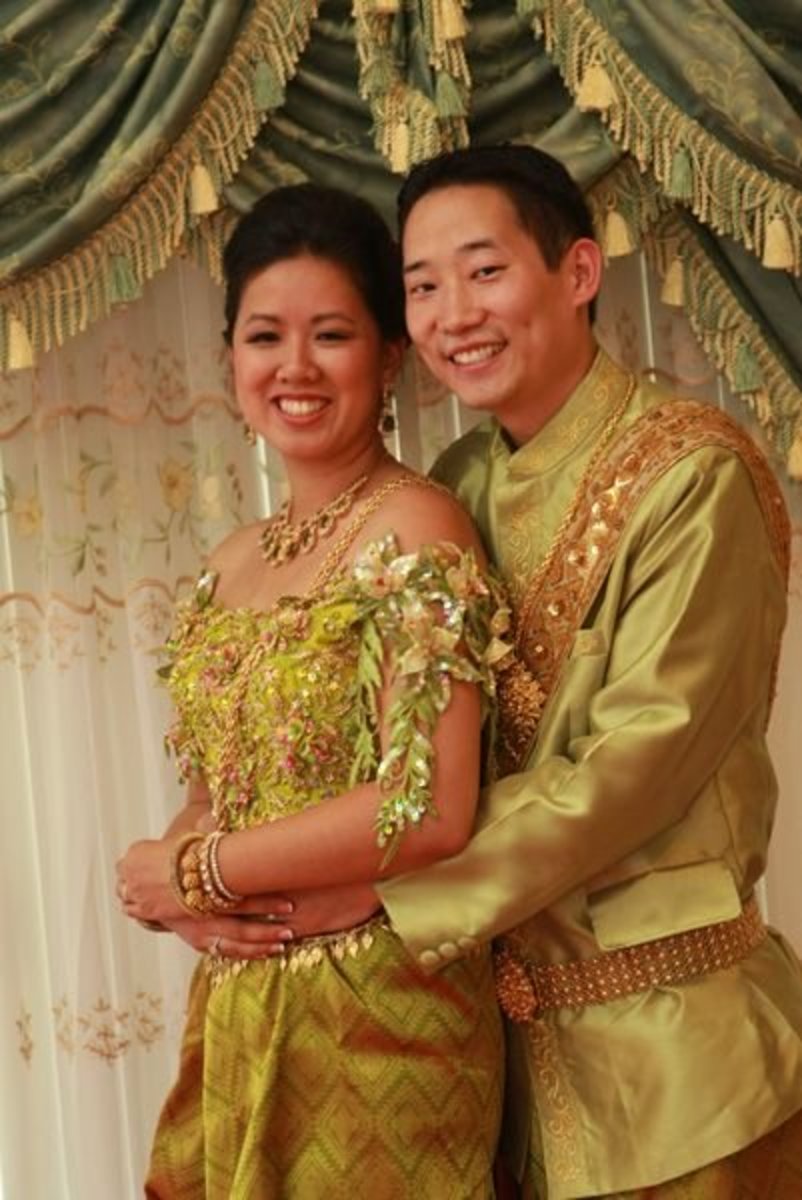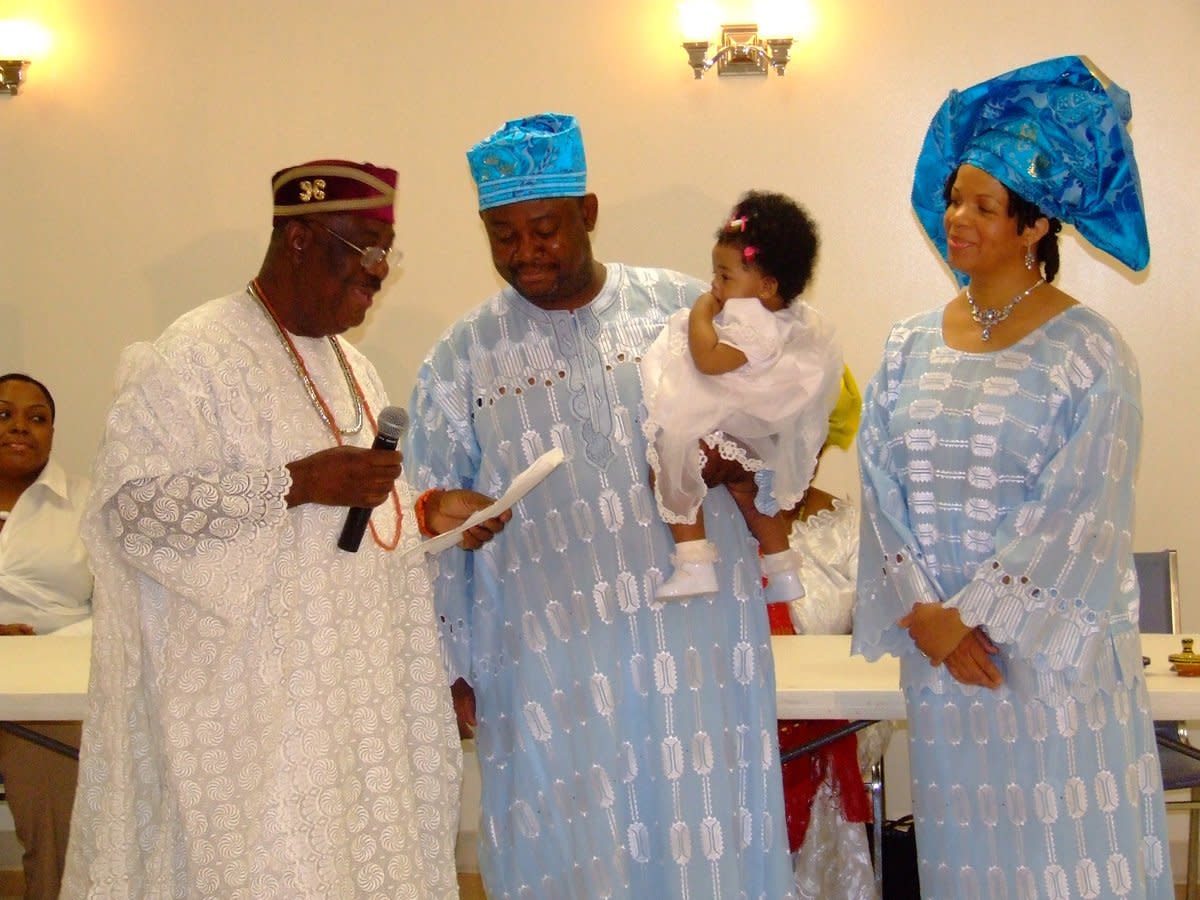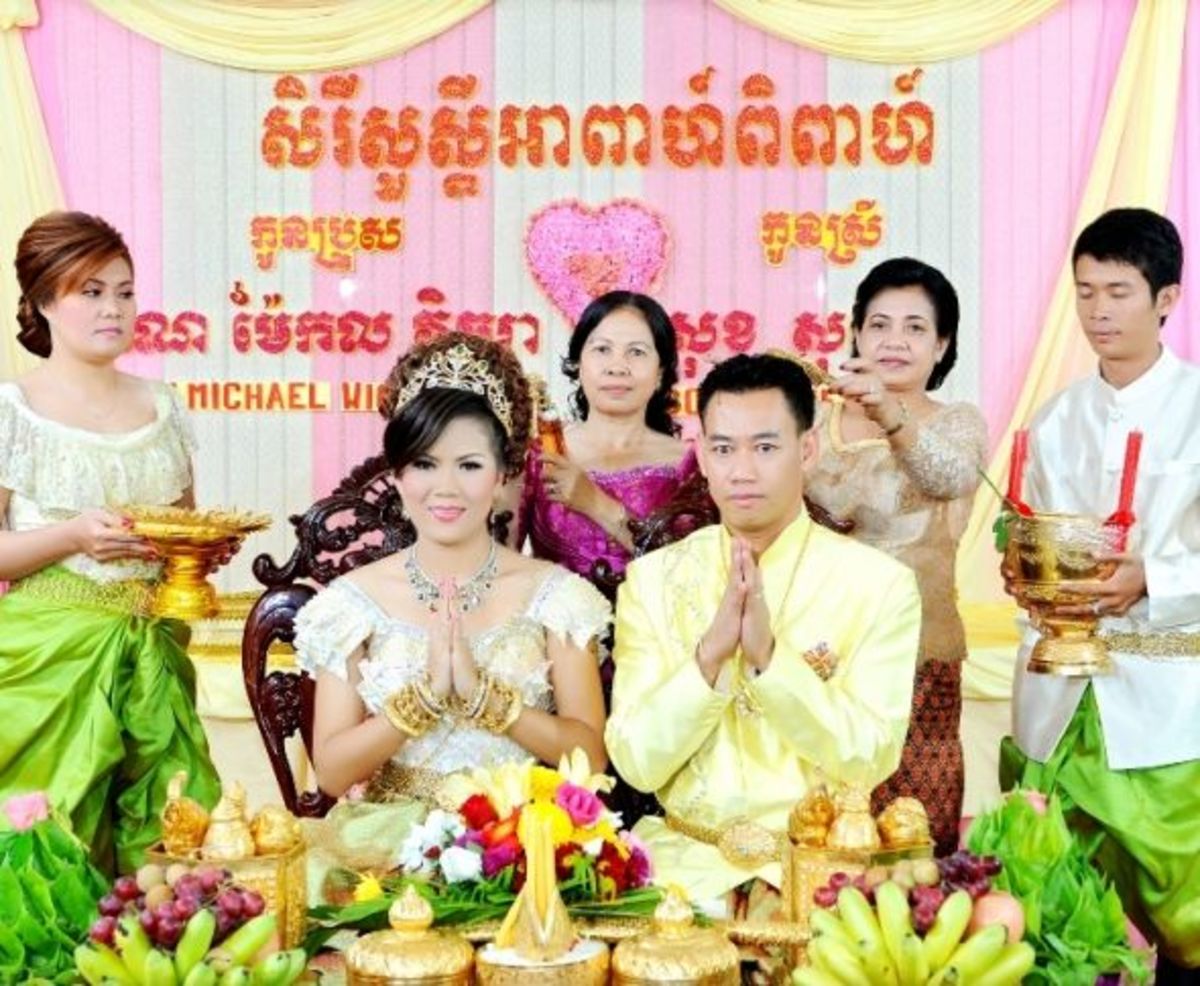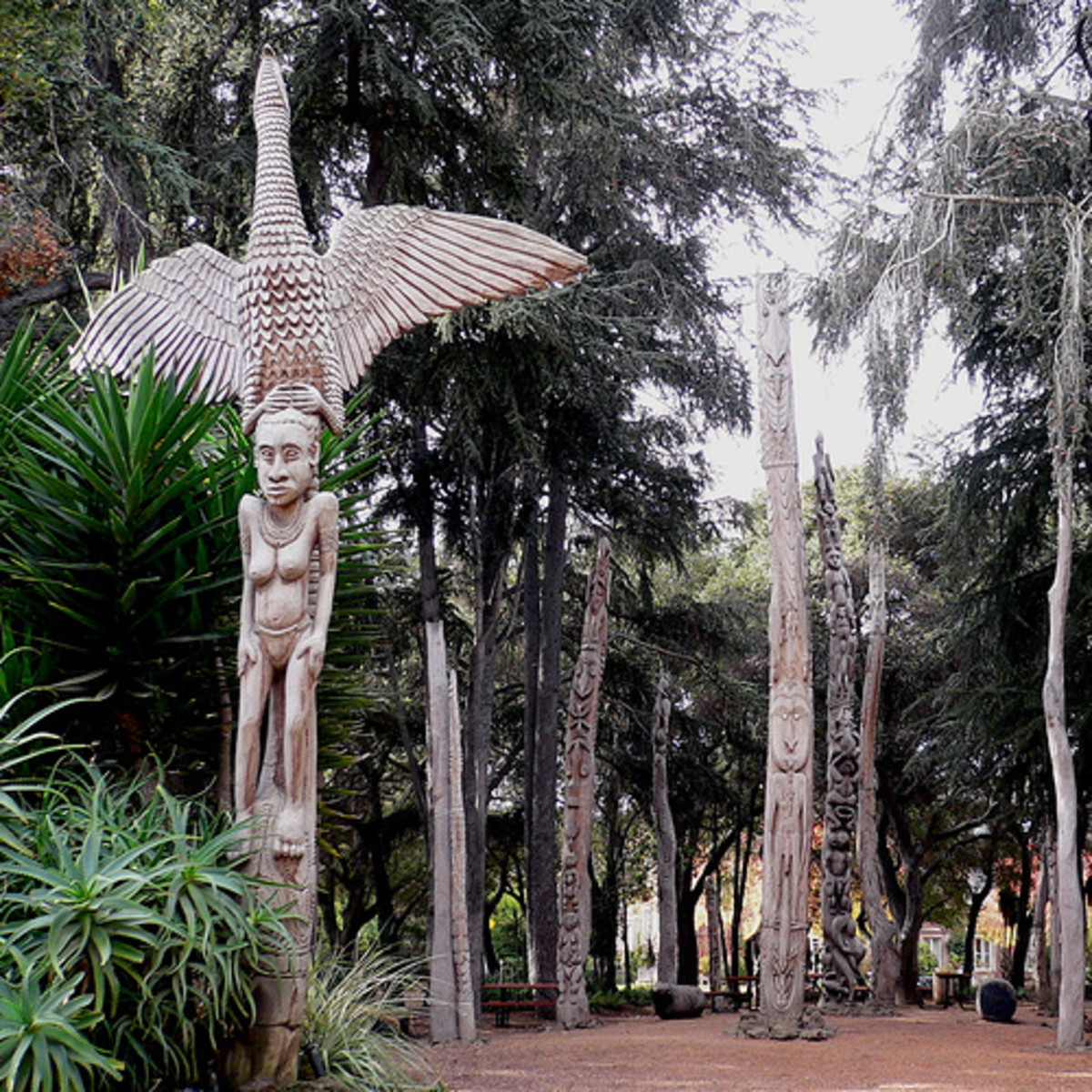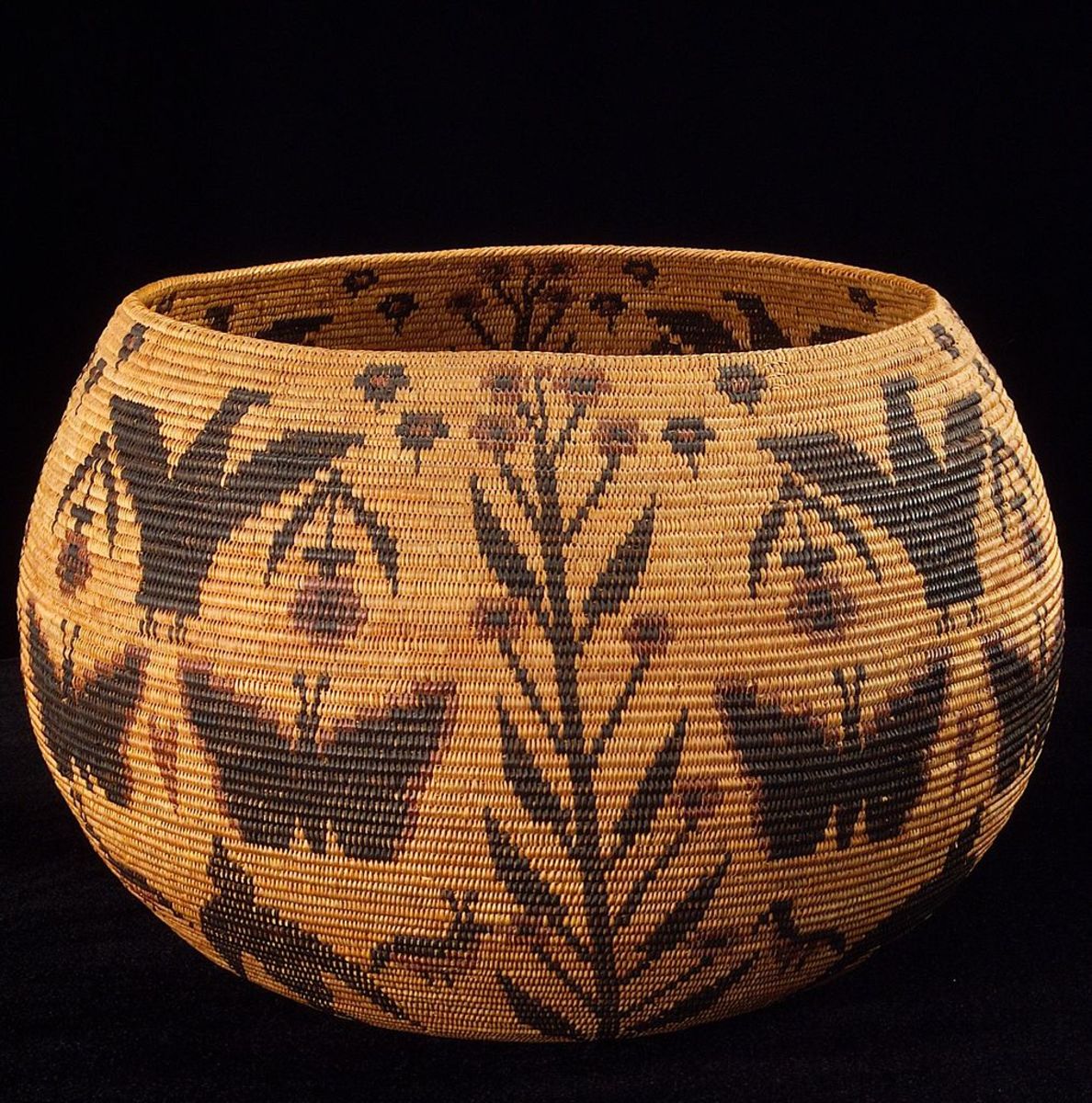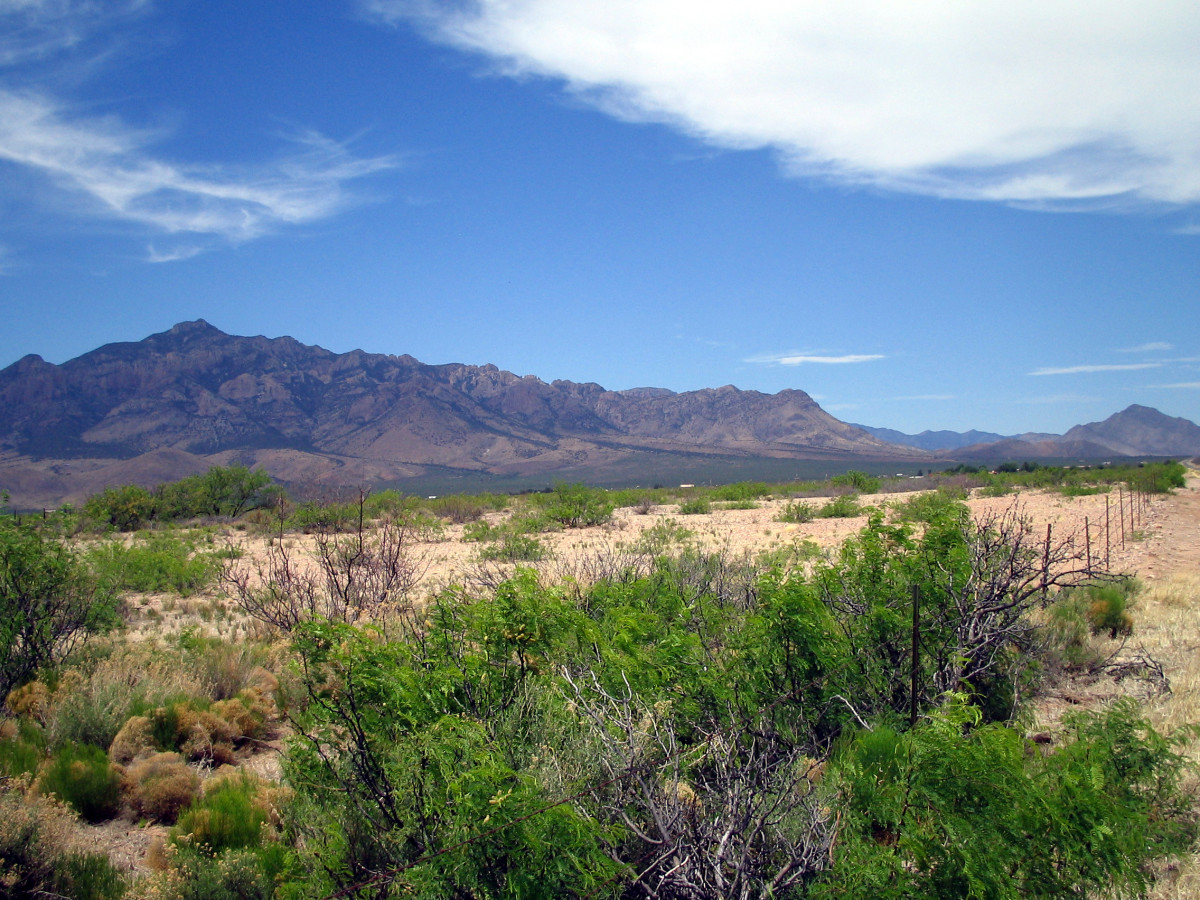- HubPages»
- Education and Science»
- History & Archaeology»
- History of the Americas
Vision and Experience in the Lakota Religion
In what are now the Dakota states live members of the Lakota Native American tribe. One of the largest Plains nations, the Lakota religion is based on the tenets of Vision and Experience. Vision refers to the ability to recognize some aspect of the past, present or future. Experience is the way in which one accesses the spirit world. These fundamental facets are expressed through the specific ceremonies and practices that the Lakota people follow, as well as their stories.
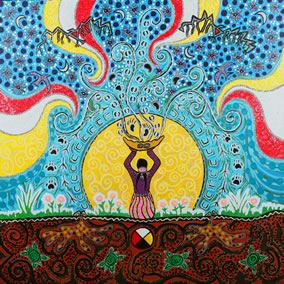
A Quest for Understanding
There are seven traditional ceremonies in the Lakota religion. Here I will discuss the four major shared experiences in the Lakota tradition: vision quest, sweat lodge, yuwipi and luwampi. All of these incorporate Vision and Experience into their performance.
Vision quest is one of the most famous Native American religion traditions. The journey for a vision, called hanblecheya, serves several purposes. It is a rite of passage for adolescents, a symbol of the transition in life and brings messages for the community. First, a prospective quester makes contact with a medicine man or woman, a wicasa or winyan wakan for guidance. This brings a voice of wisdom into the ceremony. The actual vision quest is a rigorous test of stamina and commitment to the experience. It involves fasting, abstinence and physical exertion. At the end, the quester is supposed to have discovered his or her place in life. The experience of vision quest brings the person into the community and marks the transition between childhood and adult.
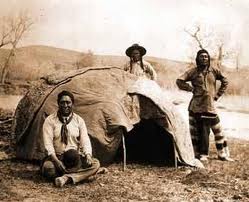
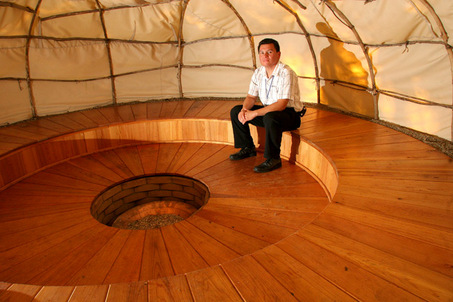
Other Ceremonies
Sweat lodges are held on a regular basis and are a component of every other ceremony. They are designed as a ritual purification through physical discomfort, cleansing the body, mind and soul before making contact with the spirit world. The sweat lodge, or inipi, is held before dance events, vision quests, yuwipi, luwampi or on it's own as a separate renewal ceremony. The sweat lodge is a bonding activity in that all participants are experiencing the stifling heat together and encouraging one another to endure the inipi. The Lakota also believe that tutelary spirits will pay attention to the sweat lodges and be pleased, and therefore more willing to help them.
Luwampis and yuwipis are both curing rituals. They are generally held when a person is undergoing a serious illness because they require a lot of effort to organize and hold. The basic difference between them is that the luwampi is an urbanization of the yuwipi, with less qualified wicasa winyans. In order to perform the ceremony, a medicine man must be contacted and agree to hold the yuwipi. There are very specific instructions as to the set-up of the yuwipi room: it must be dark, have four poles in the corners, flags of the four colors (red, black, yellow and white) and an altar for the wicasa winyan. During the ceremony songs are sung that were taught to the yuwipi man during a vision quest. The entire experience must be performed flawlessly or the person undergoing the yuwipi will not become well.
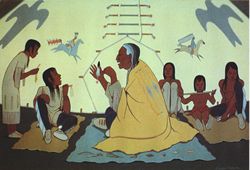
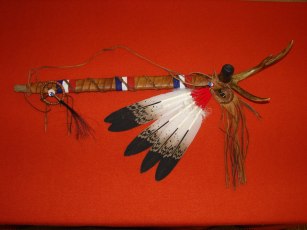
The Sacred Pipe and Sacred Person
No glimpse of Lakota religion would be complete without mentioning the pipe rituals. Although none are part of the four major ceremonies, the pipe is the center of the Lakota religion. The Lakota believe that the White Buffalo Calf woman presented them with the pipe as a gift to their people. Smoking the pipe is a way to reconnect with her in the spirit world, as well as becoming one with nature and the universe. In this way it is a return to their origins. Sometimes visions result from smoking the pipe although there are no hallucinogens used, only standard smoking tobacco.
All these ceremonies rely on the central figure of the medicine man, the wicasa winyan. These highly trained people in the community are the carriers of the Lakota religious experience by preserving knowledge of songs and pipe ceremonies.
Shared Experiences and Vision
Each of these ceremonies is designed to bring together those who undergo them through the common challenge of Experience. Although these four ceremonies are all very important parts of the Lakota religion, the vision quest carries greater consequences for it is the ceremony that determines each person's role in the community for the rest of their lives. A challenge for the Lakota is that fewer people have "gone over the hill" through the last hundred years, diminishing the number of participants in the Experience and creating culture loss. Recently the total number of Lakota participating in ceremonies has begun to increase and the Lakota spirituality is experiencing resurgence.

